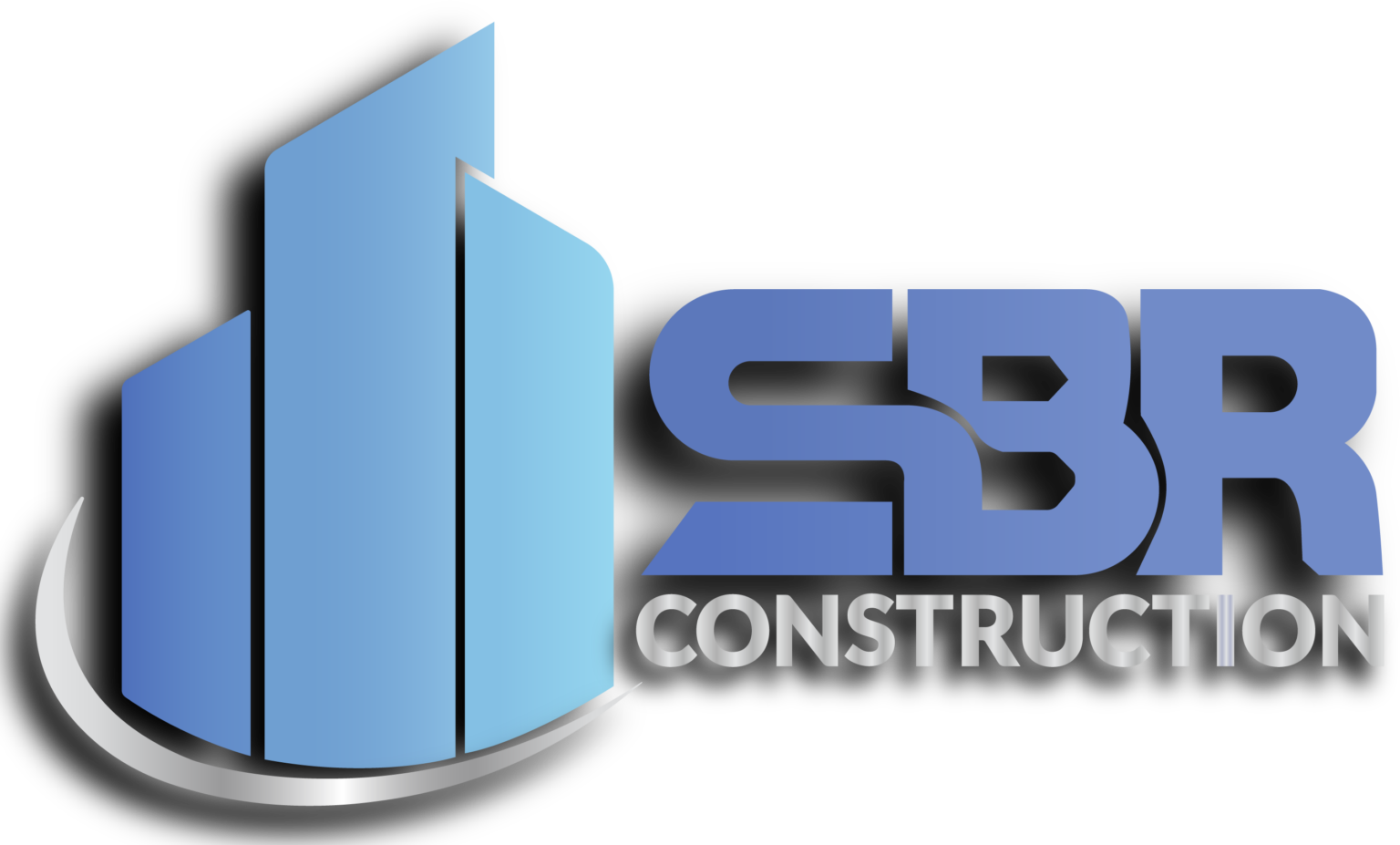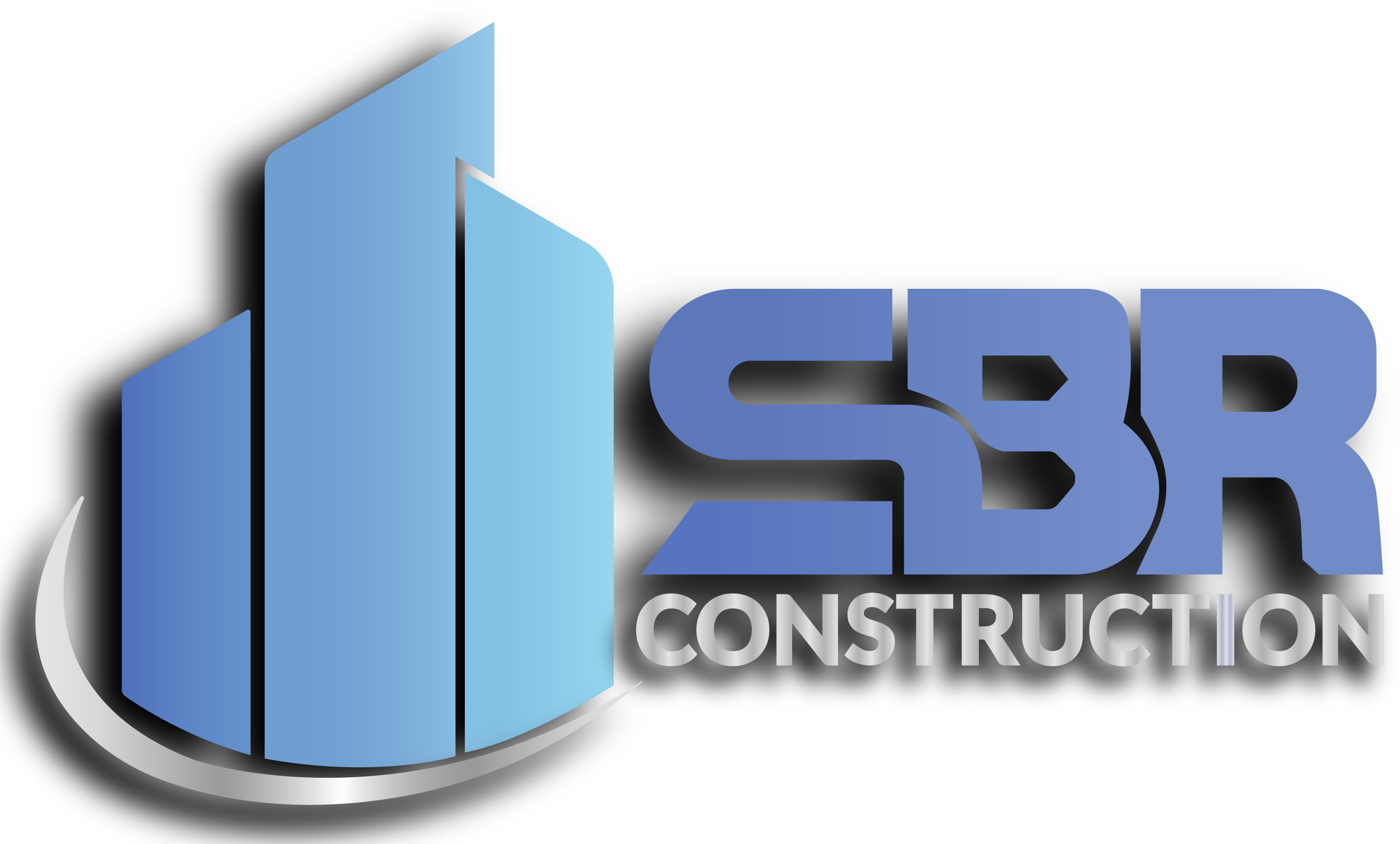Table of Contents
- Understanding the $20,000 Budget
- Factors Affecting Construction Costs in Tampa
- Cost Breakdown for a $20,000 House
- Land Costs
- Permits and Fees
- Materials and Labor
- Alternative Housing Options for a $20,000 Budget
- Tiny Homes
- Modular and Prefabricated Homes
- DIY Construction Projects
- Challenges of Building a $20,000 House
- Strategies to Build a Low-Cost Home
- Choosing Affordable Materials
- Utilizing Sweat Equity
- Repurposing and Recycling Materials
- Case Studies: Low-Cost Housing Projects
- The Role of Technology in Affordable Housing
- Future Trends in Affordable Housing
- Conclusion
Building a house in Tampa, Florida, for $20,000 is an incredibly ambitious goal. In today’s housing market, with rising construction costs, labor shortages, and stringent building codes, achieving this budget requires significant compromises and creative solutions. While $20,000 might not be feasible for a traditional single-family home, it could be possible for alternative housing options, such as tiny homes, modular structures, or self-built projects.
In this article, we will explore the realities of building on a $20,000 budget, analyze the costs of various construction components, and consider alternative housing options that might make this goal achievable.
1. Understanding the $20,000 Budget
A budget of $20,000 for building a house in Tampa includes multiple components, such as land acquisition, construction materials, labor, and permits. For context, the average cost to build a home in Tampa ranges from $120 to $300 per square foot, which would typically require a budget of at least $120,000 for a modest home.
With a $20,000 budget, achieving a traditional home is nearly impossible. However, focusing on small-scale structures and alternative building methods can make it possible to create a livable space.
2. Factors Affecting Construction Costs in Tampa
1. Land Costs
Land is a major expense in Tampa, with prices ranging from $30,000 to over $100,000 per lot in suburban areas. For a $20,000 budget, purchasing land will likely consume most or all of your funds unless you already own a lot.
2. Permits and Fees
Building permits and impact fees in Tampa typically cost $10,000 to $25,000, depending on the project’s scope. These costs alone make traditional homebuilding infeasible within a $20,000 budget.
3. Materials and Labor
The rising costs of materials such as lumber, steel, and concrete, combined with skilled labor shortages, have driven construction costs higher. Labor expenses in Tampa average $40 to $100 per hour, which significantly impacts low-budget projects.
3. Cost Breakdown for a $20,000 House
Building a house on a $20,000 budget requires extreme cost-cutting and prioritization. Below is an approximate breakdown:
1. Land Costs
- Cost: $0 (Assuming land is already owned)
2. Permits and Fees
- Cost: $5,000 (Minimized with alternative housing or rural exemptions)
3. Materials
- Cost: $10,000 (Using basic materials like wood and metal)
4. Labor
- Cost: $0–$5,000 (Utilizing DIY efforts or volunteer labor)
5. Utilities and Systems
- Cost: $2,000 (Minimal plumbing, electrical, and HVAC systems)
This tight allocation leaves little room for flexibility, emphasizing the need for innovative solutions.
4. Alternative Housing Options for a $20,000 Budget
1. Tiny Homes
Tiny homes are a practical solution for ultra-low budgets. These small structures (usually 100–400 square feet) can be built for $20,000 or less if you opt for basic finishes and materials.
- Cost per Square Foot: $50–$100
- Features: Compact design, energy efficiency, and portability.
2. Modular and Prefabricated Homes
Modular homes are factory-built and assembled on-site, reducing labor and material waste.
- Cost per Square Foot: $50–$150
- Advantages: Faster construction and lower costs compared to traditional homes.
3. DIY Construction Projects
Building your home with sweat equity and recycled materials can significantly reduce costs.
- Key Components: Using salvaged wood, metal, and windows.
- Challenges: Requires time, skills, and compliance with building codes.
Also Read: Is it cheaper to build or buy in Tampa & Madeira Beach in Florida?
5. Challenges of Building a $20,000 House
1. Building Codes and Zoning
Florida has strict building codes to ensure homes can withstand hurricanes and extreme weather. These regulations increase costs and limit the use of unconventional materials.
2. Limited Amenities
A $20,000 budget allows for only basic amenities, such as a single bathroom and a small kitchen.
3. Resale Value
Low-cost homes may have limited appeal in the resale market, potentially affecting long-term value.
6. Strategies to Build a Low-Cost Home
1. Choosing Affordable Materials
- Use reclaimed wood, corrugated metal, and concrete blocks for cost savings.
- Consider alternative materials like straw bales or earthbags for innovative designs.
2. Utilizing Sweat Equity
- Perform tasks like painting, landscaping, and basic construction yourself to save on labor costs.
3. Repurposing and Recycling Materials
- Salvage materials from demolition sites or buy second-hand items for doors, windows, and fixtures.
7. Case Studies: Low-Cost Housing Projects
Case Study 1: Tiny Home in Tampa
A Tampa resident built a 200 sq ft tiny home for $18,000 using salvaged materials and volunteer labor. The project included solar panels for energy efficiency.
Case Study 2: Modular Home on Owned Land
A couple in rural Florida constructed a 300 sq ft modular home for $20,000. By assembling the structure themselves, they saved on labor costs.
8. The Role of Technology in Affordable Housing
Technological advancements are making affordable housing more feasible:
- 3D Printing: Produces homes quickly and at a fraction of traditional costs.
- Prefabrication: Reduces material waste and speeds up construction timelines.
- Smart Designs: Optimize small spaces for maximum functionality.
9. Future Trends in Affordable Housing
1. Increased Adoption of Tiny Homes
The popularity of tiny homes is growing due to their affordability and sustainability.
2. Government Incentives
Programs offering grants or tax breaks for affordable housing can support low-budget projects.
3. Sustainable Building Practices
Eco-friendly designs and renewable materials are becoming mainstream, reducing long-term costs.
10. Conclusion
Building a house for $20,000 in Tampa, Florida, is a highly ambitious endeavor that requires innovative approaches and significant compromises. While constructing a traditional single-family home within this budget is nearly impossible, alternative housing options like tiny homes, modular structures, or DIY projects make it feasible to create a livable and functional space.
By carefully planning your budget, prioritizing essential features, and exploring unconventional building methods, you can achieve your goal of affordable homeownership. However, it’s essential to consider local regulations, future maintenance, and resale potential when making decisions about low-cost housing. Contact Tampa Construction Services.

